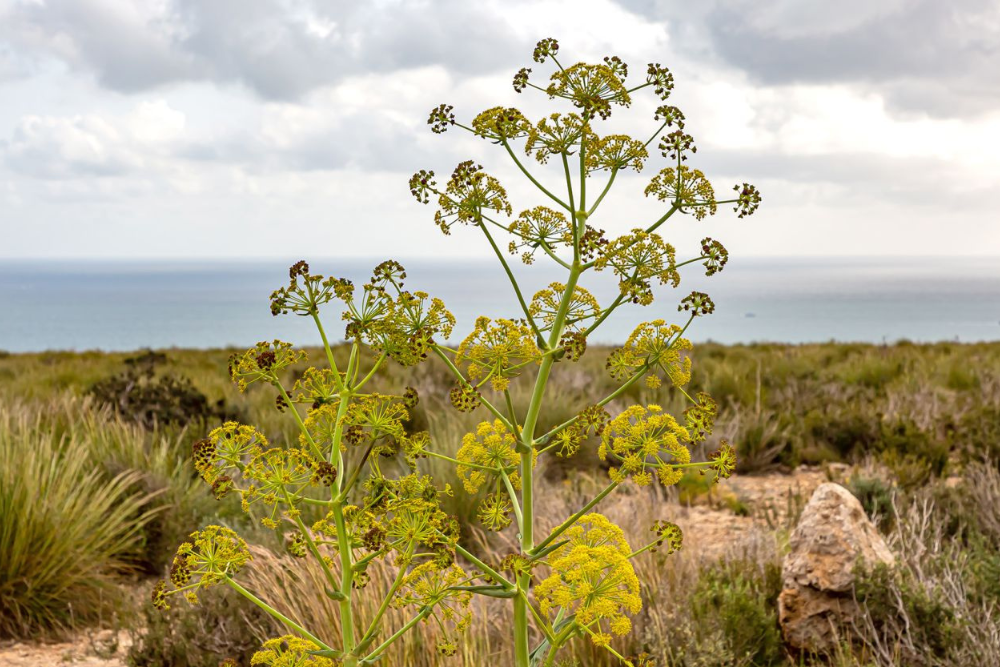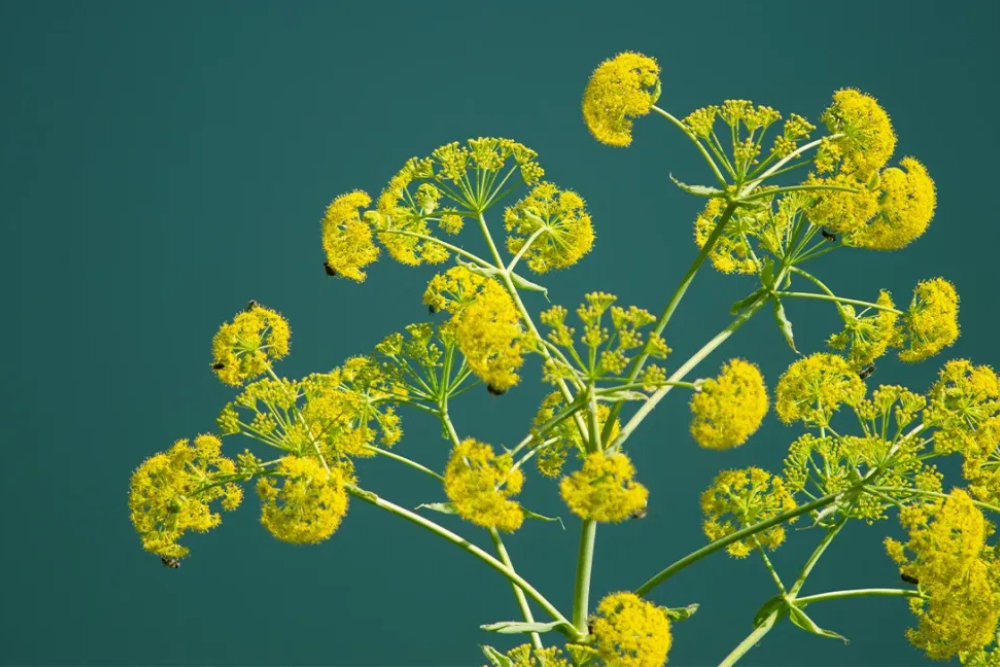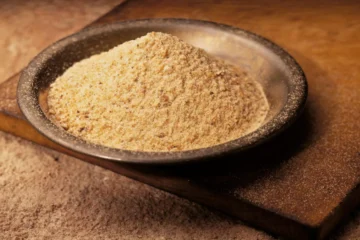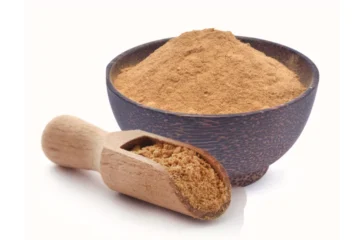What Makes Hing Trees Unique Compared to Other Spice-Producing Plants?
Summary: Hing trees are unique due to their drought resistance, gum-resin production, and their ability to thrive in arid environments where most other spice plants cannot survive.
Let’s break it down:
- Drought Resistance: Hing trees (Ferula asafoetida) survive in harsh, dry climates, unlike most spice plants that need moisture.
- Resin Extraction: They produce a special gum-resin (asafoetida) tapped directly from the roots, which is rare among spices.
- Slow Growth: Hing trees grow slowly but live long, contributing to long-term ecological stability.
- Distinct Aroma: The pungent, sulfurous scent sets asafoetida apart from other spices like pepper or cinnamon.
- Adapted Roots: Deep roots help anchor them in rocky soils, absorbing minimal water and surviving where other plants fail.
How Do Hing Trees Contribute to the Local Ecosystem and Biodiversity?
Summary: Hing trees enhance biodiversity by supporting soil health, providing shelter to insects and small animals, and preventing desertification in dry regions.
Here’s how:
- Soil Enrichment: They stabilize dry soils, preventing erosion and enhancing nutrient retention.
- Microhabitat Creation: The shade and organic matter they provide support insect populations and microfauna.
- Pollinator Support: Hing flowers attract bees, wasps, and other pollinators essential for local crops.
- Desertification Barrier: By surviving in arid zones, they help slow the spread of deserts.
- Native Flora Support: Their presence allows other hardy plant species to establish themselves in tough landscapes.
Can Hing Be Sustainably Harvested Without Harming the Environment?
Summary: Yes, hing can be sustainably harvested using controlled resin tapping, proper rotation, and avoiding over-extraction, ensuring minimal environmental harm.
Sustainable methods include:
- Controlled Tapping: Resin is extracted from specific mature plants, avoiding overuse.
- Harvest Rotation: Alternating between trees allows recovery time and maintains population health.
- Minimal Soil Disruption: Harvesters avoid damaging surrounding roots or soil structure.
- Local Stewardship: Involving local communities ensures traditional knowledge and sustainable practices are respected.
- Monitoring Programs: Conservation bodies monitor resin yields and ecological impacts regularly.
What Role Do Hing Trees Play in Traditional Farming and Agriculture?
Summary: Hing trees support traditional farming by serving as natural pest repellents, providing medicinal products, and acting as drought-tolerant crops in arid agriculture systems.
Specifically, they contribute by:
- Natural Pest Control: Asafoetida resin is known to repel pests, protecting nearby crops naturally.
- Income Source: Farmers sell resin in local and international spice markets.
- Intercropping: Hing trees can be grown alongside other drought-tolerant crops, maximizing land use.
- Traditional Medicine: Resin from hing trees is used in local remedies, adding value beyond culinary uses.
- Resilience Boost: Their drought-tolerance helps safeguard farming systems against climate variability.
Are There Any Medicinal or Ecological Benefits of Hing Trees Beyond Their Use as a Spice?
Summary: Beyond culinary uses, hing trees offer medicinal benefits like digestive aid and ecological services like soil stabilization and carbon capture.
Let’s detail both:
Medicinal Benefits:
- Digestive Aid: Asafoetida is traditionally used to relieve bloating and indigestion.
- Anti-inflammatory: Contains compounds believed to reduce inflammation.
- Antimicrobial Properties: Used in herbal treatments to fight infections.
Ecological Benefits:
- Soil Health: They improve soil stability in fragile arid lands.
- Carbon Sequestration: As long-lived plants, they store carbon, aiding climate change mitigation.
- Biodiversity Support: They provide critical habitat for local flora and fauna.
Table: Key Features and Benefits of Hing Trees
| Aspect | Description |
|---|---|
| Unique Feature | Drought-resistant, resin-producing plant thriving in arid zones |
| Ecological Role | Soil stabilizer, pollinator attractor, biodiversity supporter |
| Medicinal Use | Digestive aid, anti-inflammatory, antimicrobial |
| Traditional Role | Natural pest repellent, intercropping companion, income source |
| Sustainability Practices | Controlled tapping, rotation, local stewardship, minimal soil disruption |
Conclusion
Summary: Hing trees are much more than just spice producers; they are ecological treasures, supporting biodiversity, sustainable agriculture, and traditional medicinal practices.
In conclusion, Hing trees (Ferula asafoetida) stand as remarkable examples of nature’s resilience. They don’t just flavor our food—they hold together fragile ecosystems, provide farmers with sustainable livelihoods, and offer medicinal and ecological services. By supporting sustainable harvesting, promoting biodiversity, and respecting traditional agricultural roles, they remind us that even a humble spice can anchor an entire ecosystem. As consumers and producers, recognizing its full value helps ensure their protection and continued contribution to both local communities and global biodiversity.





